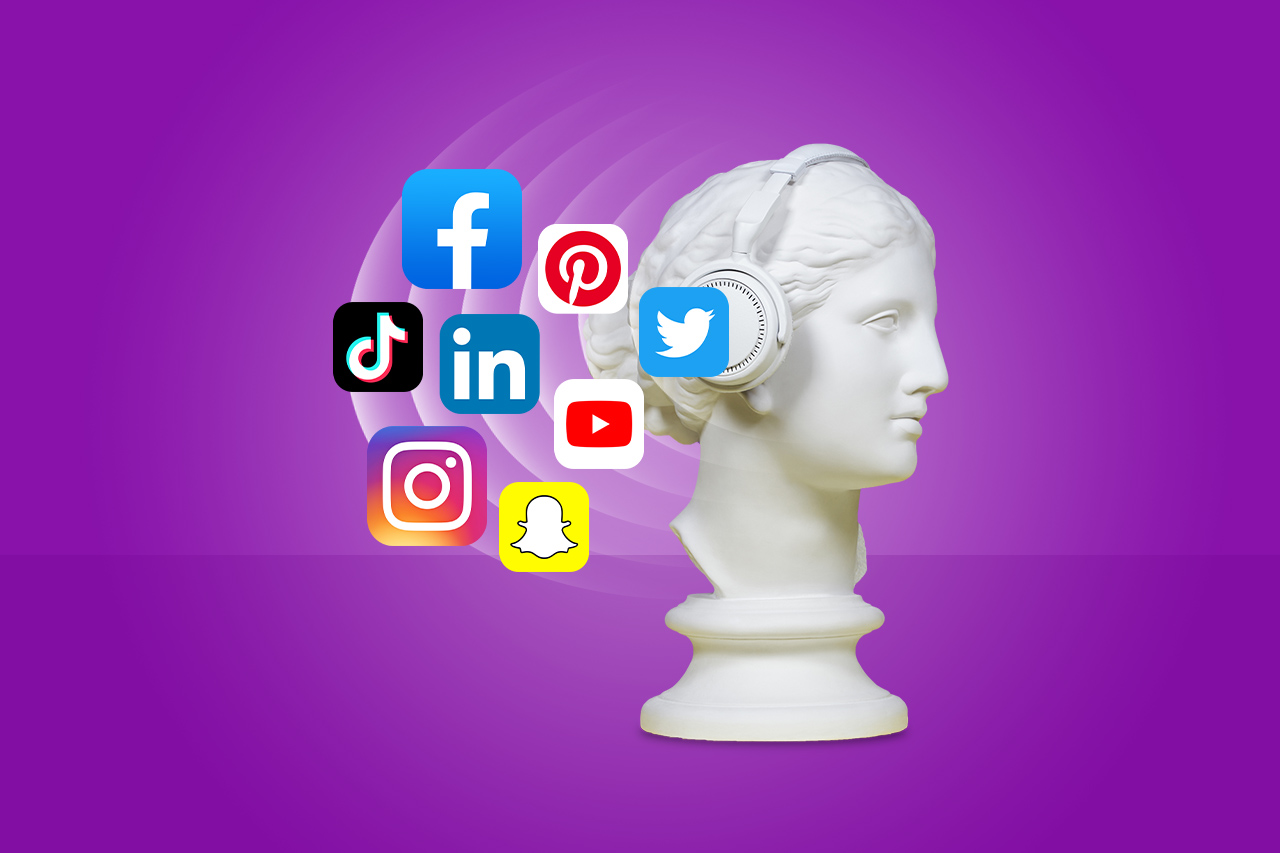To maintain and grow your brand on a digital level, social listening can be one of the most important tools you deploy. Social listening is crucial for a brand that is trying to connect with current customers, especially during events like we’ve been experiencing these last few months.
Here are ways to use social listening to help your brand better understand:
Analyzing Sentiment
Reviewing and analyzing current conversations on places like Facebook, Twitter or Instagram can help in understanding what customers are currently feeling towards your brand. This can be useful in two ways. First, it can provide valuable insight into keywords and topics you can use to connect with existing sentiment and need. It can also help you quickly react to consumers. Especially in a situation we are in now, where brand conversations can shift quickly, it’s important to know what people are needing and wanting.
Understanding Conversations
For first-time analysis, it is recommended to do social listening for the full prior year, if the brand has conversation volume to do so. Beyond that quarterly review is typically advised, although more updates can help if the conversation is changing rapidly.
Reviews look for main keywords, top mentions (such as influencer conversation), and which social platforms have the majority of the conversations. Analyzing these, in correlation with daily mentions, whether sentiment is positive or negative, and demographics of the topics/keyword mentions. It can also be useful to target groups like Millennials, etc. if that’s where you know the conversation is happening. For global brands, looking into language or country separately can be necessary too.
Filter What’s Important
Scouting keywords and tracking quantitative data is one thing, understanding the quality of the data is another. To best utilize social listening you need to have strategy and discernment for which conversations to follow, and which to leave behind. For example, a brand we do social listening strategy for recently launched an IGTV channel, prompting a spike in conversation. It’s important to relate the spike to the event to know why the spike occurred to respond accordingly.
Some of this can be found by specifically finding keywords that fit your brand, versus more generic terms that can throw off findings and results. It also helps to read context into conversations, looking for spikes and patterns of conversations/keywords, and analyzing the data in relation to things like new product launches, company updates or current events within the community.
Understanding all aspects of social listening can help with organic content creation as well as advertisements in both digital and other channels. As quickly as conversations and sentiments can change, so can the digital platforms you’re listening on. Every day hashtags shift, platforms add services to entice brands, and the volume of conversations is altered. Truly connecting with your audience, and responding to their current needs and wants, can bring stronger brand loyalty, recognition and drive more meaningful conversations in return.

